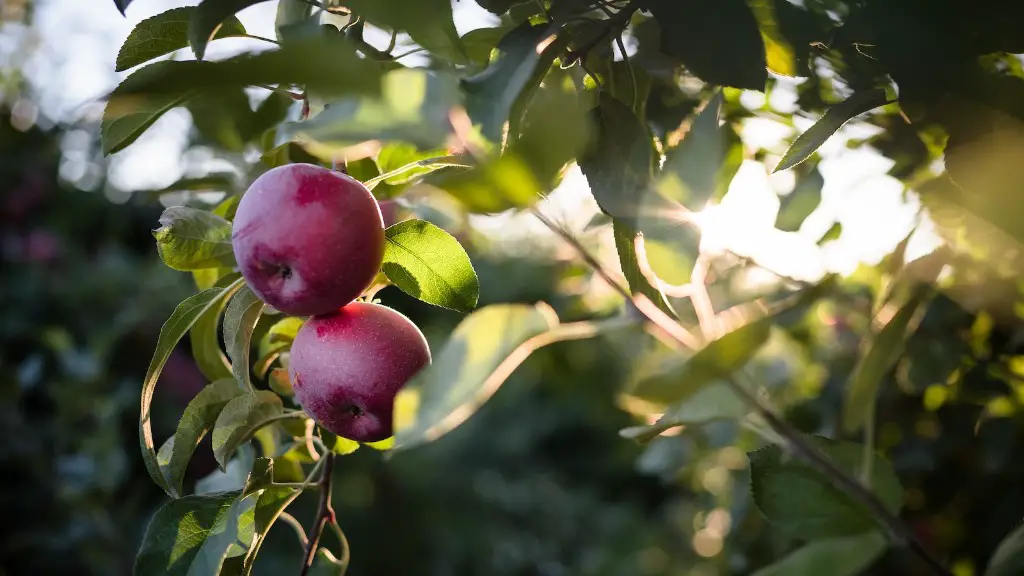Pruning an apple tree is a delicate practice, and it requires careful execution if you’re to encourage its healthy growth. Without the right technique and timing, unneeded wounds will damage your tree and harm its fruit yield. To help you out, here’s a guide to pruning your apple tree the right way.
Step 1: Understand your goal. Your main goal is to promote the growth of healthy branches and larger, healthier fruit crops. Pruning should help produce a tree that’s well-balanced, with good structural integrity. You may also want to select certain branches to ensure you’ll benefit from your apple tree’s shade.
Step 2: Choose the right tools. Pruners should be your go-to tool for normal pruning needs. They come in two kinds – anvils and bypass. A bypass pruner is the better choice, as it creates a clean cut rather than crushing the stem as an anvil does. Alternatively, loppers and a pruning saw are more useful for bigger branches.
Step 3: Start with dead, diseased, and broken branches. Start pruning by removing dead, diseased, or broken branches. Diseased and broken branches should be cut right back to the nearest healthy growth, and dead branches should be pruned right close to the trunk. This encourages healthy growth, removing nutrients from dead branches and preventing infection.
Step 4: Take into account the shape of the apple tree. Don’t prune too far or too often. Consider the natural shape of the tree, what your end goal is, and how much light and air the branches naturally receive. Remove these branches as you see fit.
Step 5: Attack the canopy. Remove any branches that detract from the symmetry and shape of the tree. Prune away any passes that clog the centre of the tree, which prevent the adequate circulation of air, light, and nutrients. Cut away any twiggy and weak branches for the same reason.
Step 6: Shorten new growth. For trees less than three years old, prune your tops by about a third. On mature trees, trim the ends of the branches until you notice new growth showing. This encourages more growth, prevents further excessive pruning, and achieves a more balanced and healthier tree.
Rejuvenation Pruning
Rejuvenation pruning of apple trees involves intensive removal of branches and leaves to reduce their size. This method should only be used as a last resort to rescue trees that have become too large or overgrown. Rejuvenation pruning should only be done by an experienced arborist, and extreme caution should be used when pruning. Start by cutting away no more than one third of the tree’s branches, cutting low and evenly throughout the canopy.
Make sure to cut back branches to the trunk and branches with strong crotches – avoid cutting to stubs. Finally, do not prune away more than one-third of the total canopy of the tree at any one time. This will ensure the tree is not overly shocked or weakened during the pruning process.
Summer Pruning
Summer pruning may be necessary with certain varieties of apples, depending on their growth habit. Certain varieties of apples may overbear, usually with spur-bearing cultivars like Jonathan and Rome Beauty. Summer pruning should be done immediately after the fruit matures, and should involve removing vigorous shoots, especially water sprouts, as well as any fruit-laden clusters that may be too compact and inhibit air circulation.
Remember to prune gently and judiciously, as extreme pruning can weaken the tree and may even lead to death. Also, avoid pruning apple trees in the late summer months, as you may trigger new growth that won’t have enough time to harden before winter.
Winter Pruning
Winter pruning should be done for any apple trees growing in warm climates, as there is often not enough chill hours during the winter season to promote dormancy. Furthermore, fruit-bearing trees require regular pruning to maintain their compact size, promote air circulation, and improve light penetration within the canopy.
When pruning in the winter, remember to identify and remove deadwood, and shortening long-term growth. Additionally, you should aim to open up the canopy to increase the amount of sun that reaches the centre of the tree and remove any intersecting branches to prevent them from competing with each other for nutrients.
Apple Tree Pruning Summary
Pruning an apple tree is a delicate practice that can be done for a variety of reasons. It is important to understand your goal when pruning and use the appropriate tools for the job. Always start with dead, diseased, and broken branches before taking into account the shape of the tree and pruning the canopy. Finally, shorten new growth and remember to perform summer and winter pruning if necessary.


